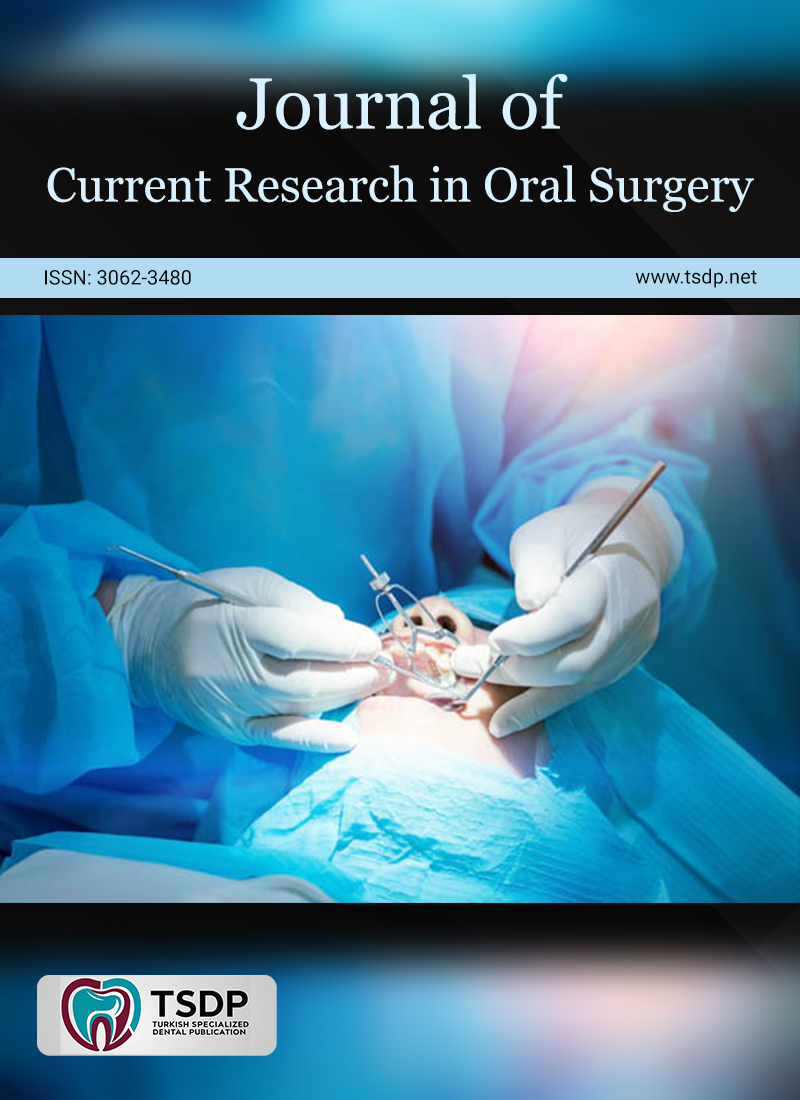
Achieving an aesthetically pleasing outcome is crucial for patients requiring anterior tooth replacement. Dental implants are the preferred treatment in contemporary dentistry; however, ideal placement is not always possible due to bone limitations or anatomical constraints. By utilizing advanced digital design and fabrication techniques, including 3D printing with DMLS technology, prosthetic solutions for angulated implants can be achieved with superior accuracy, precision, and minimal error. This case report focuses on the step-by-step process of anterior aesthetic rehabilitation in a young patient who had lost their anterior teeth. This case report presents a 38-year-old female patient with grade III mobile teeth who underwent rehabilitation using a CAD-CAM customized partial hybrid prosthesis, where aesthetics played a major role from the outset. To maintain a natural appearance, an immediate denture was planned that included the patient’s natural teeth as denture teeth. The CAD-CAM abutment demonstrated exceptional precision, with internal fit digitally optimized via scan body and digital analog. The superstructure framework was fabricated based on a digital wax-up, then layered with indirect composite to improve aesthetics and allow for easy repair. A screw-retained prosthesis was chosen to facilitate straightforward retrieval and maintenance. This case highlights the role of digital implant dentistry in achieving optimal aesthetic rehabilitation.